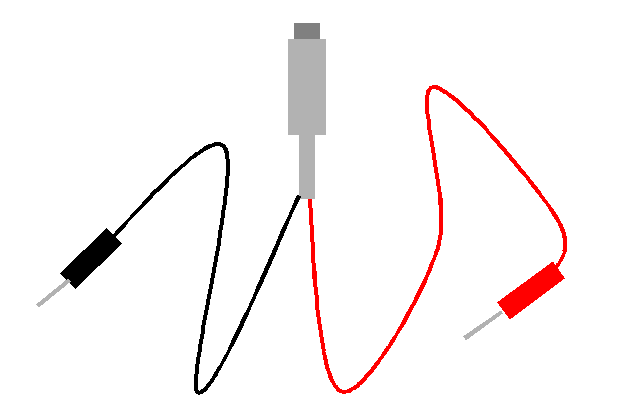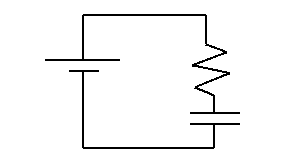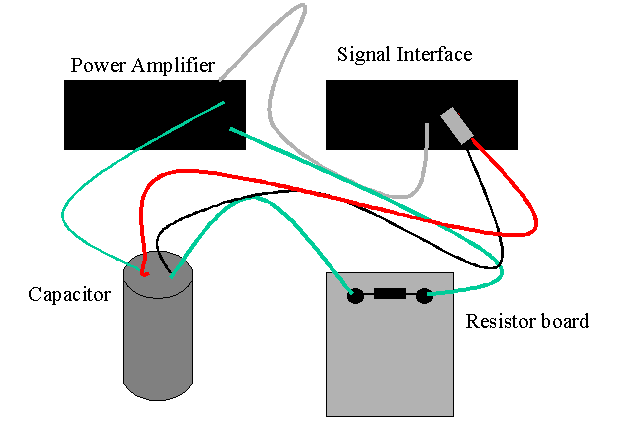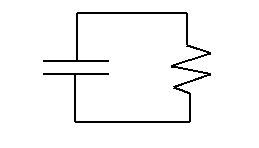

 PYL 106: RC Circuits
PYL 106: RC Circuits




When you connect an uncharged capacitor and a resistor in series to a battery, the voltage drop is initially all across the resistor. The voltage drop across a capacitor is proportional to its charge, and it is uncharged at the beginning; whereas the voltage across the resistor is proportinal to the current and there is a current at the start. But charge starts to build up on the capacitor, so some voltage is dropped across the capacitor now. With less voltage being dropped across the resistor, the current drops off. With less current, the rate at which charge goes onto the capacitor decreases. The charge continues to build up, but the rate of that build up continues to decrease. In mathematical language, the charge as a function of time Q(t) increases but its slope decreases.
Theory says the charge obeys
where t is the time variable, C is the capacitance, VS is the saturation voltage which in this case is equal to the voltage across the battery, and τ=RC, a time constant. The corresponding voltage across the capacitor is
Now consider the case of a charged capacitor, a resistor and no battery. With no battery to "push" the charges around, the opposite charges on the capacitor plates would prefer to be together. They must pass through the resistor before they can reunite. With all those like charges on one plate, there is a strong incentive for charges to leave the plate. However, as charges leave the plate, this incentive decreases, thus the rate at which charges leave decreases as well. In mathematical language, this time the charge as a function of time Q(t) decreases and its slope decreases.
Theory says the charge obeys
where t is the time, Q0 is whatever charge we happen to start with, and τ=RC is the same time constant as above. The corresponding voltage across the capacitor is
where V0 is the initial voltage.



| VS ( ) | |
| τ ( ) |

| V0 ( ) | |
| τ ( ) |
| VS ( ) | |
| τ ( ) |
| V0 ( ) | |
| τ ( ) | |
| Theory τ( ) | |
| Percent Error |
| RA ( ) | |
| RB ( ) |
| Time constant ( ) | Capacitance ( ) | |
| Charging with Resistor A | ||
| Discharging with Resistor A | ||
| Charging with Resistor B | ||
| Discharging with Resistors A and B in series | ||
| Average ( ) | ||
| St. dev. ( ) |
Use the theory of equivalent capacitance and equivalent resistance
1 / Cseries = 1 / C1 + 1 / C2
Cparallel = C1 + C2
Rseries = R1 + R2
1 / Rparallel = 1 / R1 + 1 / R2
to answer the following questions. Include in your report:
